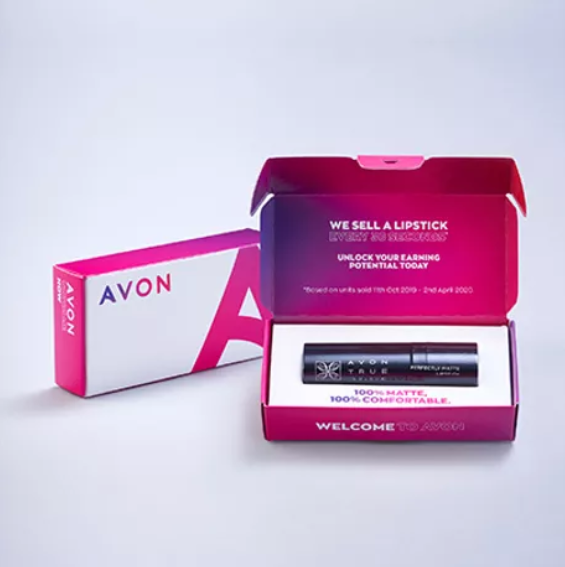Buzzwords De-Buzzed: 10 More Methods For Saying Avon Starter Kits
페이지 정보
작성자 Elva 댓글 0건 조회 21회 작성일 24-03-24 00:04본문
 How to Choose Your Kit
How to Choose Your KitPick from a wide range of products that are customizable. Make your team more cohesive with customized jerseys, shorts, and training tracksuits.
A kit should contain a satellite messenger or personal beacon to locate you, as well with a CAT tourniquet. It is vital to carry a supply of oral glucose if you suffer from diabetes. If you suffer from a life-threatening allergy, make sure you carry Benadryl and an EpiPen.
What are you expecting from your kit?
What type of equipment to buy is a complex choice. Take into consideration what medical or trauma dangers are associated with the activities you engage in. If you're a hiker for instance, your gear could contain more equipment to address extremes in temperature or altitude than someone working in an office. Think about where you'll store your kit. The various quantities of items will fit in a purse, backpack, or bug-out bag. Think about how you would like to organize your free avon starter kit. This will make it easier for choose your kit you and others to locate the items you require in a hurry. A well-organized emergency kit will help you save time and decrease stress. This is particularly true if you group together similar items (e.g. closures for butterfly and bandages; gauze pads 4x4 and rolling gauze; SAM splints, for example).
How prepared do you want to be?
You can't always predict what you'll require in a crisis, choose your kit so it is best to plan for the worst. You will be better prepared if you must evacuate quickly if you store supplies at your home, office and car. Put these items into a kit that is easy to carry in order to easily access them whenever you need.
When it comes to sewing your answer to this question comes depending on the type of experience, the final result and the purpose you'd like to achieve from your work. Do you want an easy task that you can finish in some hours or are you looking to challenge yourself with a more complex design? The ideal kit will provide you with the tools as well as the stitching experience and final outcome you're looking for.
What is your risk assessment?
Risk assessments are a vital aspect of your work as health and safety rep. They should be conducted on all work activities before any changes are made in particular when products are modified or new information about dangers becomes available. Consider your assessment and the resources you'll need (e.g. training equipment and tools). Be aware of the laws, regulations, codes or standards, as well as internal policies are required to be followed when performing the evaluation.
Go around your workplace and take note of what could reasonably be expected to cause harm to people Remember to consider long-term health hazards as well as safety hazards. Talk to your colleagues, they might have noticed things which are not immediately apparent and can assist you in identifying potential problems. Data sheets and guidelines from manufacturers can also aid in highlighting risks and provide context. Examine your accident and illness records and they can tell you many things about the dangers you face at work.
Utilize a comparative analysis worksheet to evaluate and contrast various kits available based on how well they meet your stated requirements - it is best to classify them according to priority. This is a record you can refer to in the future. Recording your findings does not have to be a big undertaking though, HSE only requires that companies with five or more employees document their major findings.
댓글목록
등록된 댓글이 없습니다.

